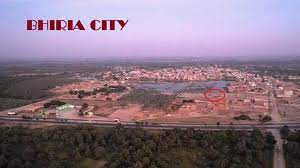
The Notanis were Anbardars or the Revenue Collectors of Talpur rulers of Sindh. They had also agriculture lands in Jati, the coastal area of Sindh, but they spent much of the time in Bhiria and rendered services for welfare of their hometown including ensuring sanitation and water supply by digging the wells.
[Bhiria City is a Taluka Headquarter Town in Naushahro Feroze District in Sindh province of Pakistan. The entire area of the district is historically known as Sahiti Pargana. There are two separate towns with same name in district Naushahro Feroze – Bhiria Cityh and Bhiria Road at the distance of 10 km from each other. Bhiria City, which was known as Bahrawer centuries back, is located on the main National highway between Karachi and Peshawar whereas Bhiria Road with older name Machhki Goth is on the main Railway line between Karachi and Peshawar. History tells that the old town Bhiria (Bahrawer) was situated in the north of existing town, and ruins of a fort called Bahrawer were visible there till few decades back. The town people used to relocate several times due to floods and moved first to a nearby village Kot Bahadur located at a higher place to stay safe. According to historical accounts, the 16000 army of Raja Daher was present at the Bahrawer Fort and fought with the invading army of Muhammad bin Qasim for three months.
Bhiria’s economy is agriculture based, and wheat and cotton are main crops. Bhiria City is also famous for the best quality of guavas and mangoes, Kheer Perra is a popular sweet of the town, which the people buy and do gift to their family and friends in other counties as well. Bhiria City is also famous for its education in older times. Kauromal Chandanmal (K. C.) Academy was one of the oldest educational institution of Sindh after one at Hyderabad, Sindh Madrasa Karachi and High School Shikarpure. It was founded by Rai Bahadur Dewan Kauromal Chandanmal Khilnani, a leading educationist of Sindh in 1886. This institute, located at Tharushah Road in Memon Mohalla, served for more than 80 years and produced many famous personalities. An excellent library and a big drama hall were its unique qualities. Old buildings of school and library are now houses while the drama hall was demolished and residential quarters were built in 1967. The boarding house of the school decayed over the years and now a marriage hall is built at that place. In olden days, Sindhi Hindu Community people, Syed Family and the Akhund Family were three pillars of this town. The Bhiria City, also remembered as ‘Bhiriyan’, is known being the hometown of great educationist Rai Bahsdur Dewan Kauromam Chandanmal Khilnani, Hashu Kewalramani, a high caliber intellectual, Bollywood actress Sheila Ramani and many other renowned personalities. The Bhiria City is still remembered with love by Sindhi community members who migrated to India and around the world in 1947 leaving their ancestral abode. Sant Hardaram, a great Sadhu and reformer, also belonged to Bhiria where he was caretaker of Baba Hariram Darbar. He also had to migrate first to Rajasthan and then to Bairagarh, Bhopal in India –
Sindh Courier presents here account of some personalities hailing from Notani dynasty of Bhiria. These are excerpts from a book authored by Mr. Narain Sobhraj Kimatrai. We have corrected the spelling of the Bhiria town, which he wrote as Bhareen, which he construed from Bhiriyan, and the Naushehro Feroze, which he wrote as Navsheri Firoz- Nasir Aijaz, Chief Editor, Sindh Courier and author of 438-page book ‘Bahrawer Khaan Bhiria – Tareekh Jo Safar (From Bahrawer to Bhiria – Journey of History)]
The Notani Dynasty of Bhiria, Sindh
Notanis, having Nukh of Jethra, lived at Bhiria/Bhiriyan, District Naushehro Feroze (Formerly Nawabshah district). Notani’s ancestor Diwan Jhamandas had three sons. His second son was Diwan Notandas.
During the reign of the Mirs, the zamindars and farmers were required to give a portion of their crop to the Mirs in lieu of taxes. To collect their revenue, the Mirs had employed Notanis as Revenue collectors and were called ‘Anbardars’ (granary keeper). The Notanis were Anbardars.
Notanis, after collecting the taxes were required to proceed to Hyderabad to submit accounts and deposit the tax collected with the Mirs. The Notanis Anbardars, to facilitate their stay at Hyderabad, jointly constructed a house near the residence of Rajarshi Diwan Dayaram Gidumal.
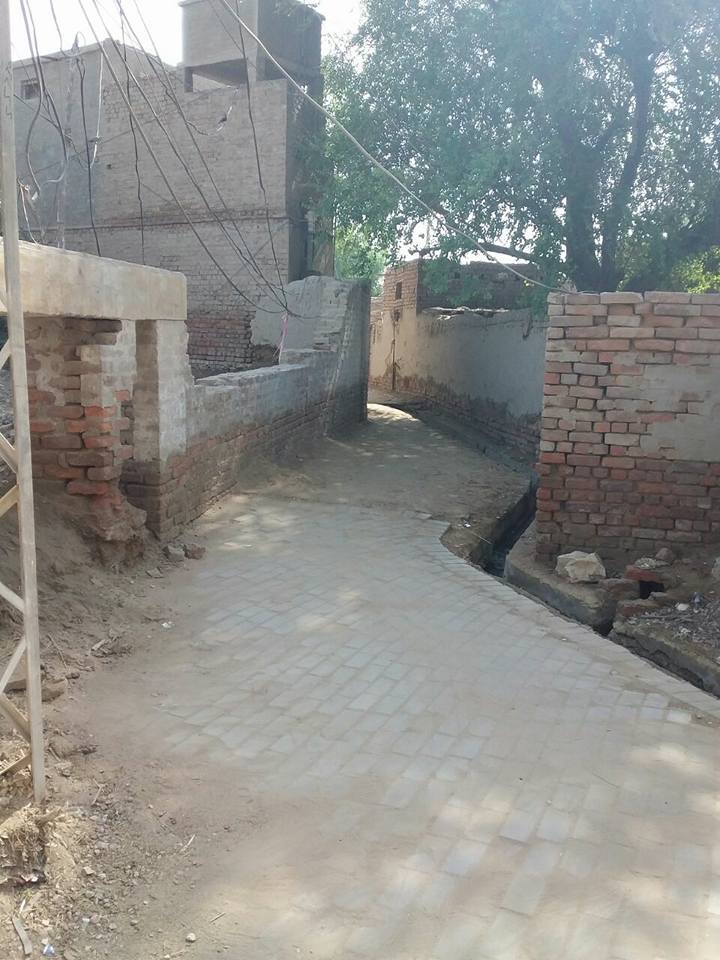
Later, Rai Bahadur Diwan Pahlajrai’s father Diwan Khemchand Notani bought over the shares of other Notanis and kept the house for his exclusive use. He reconstructed the house to suit his own needs, making provision for his office (Kothi-Otaq) and residence. Diwan Manghomal Issardas Idnani had lived in Diwan Khemchand’s house for many years.
Between the years 1880 to 1884, Lord Rupin introduced concept of Municipal bodies and from the year 1885 the Corporation started to function. Diwan Hiranand Notandas, a zamindar and member of Sahiti Panchayat was appointed member of Bhiriya (n) Municipality.
After Diwan Hiranand, his younger brother Diwan Khemchand (the fourth son of Diwan Notandas) was Sahiti’s most respectable and influential man. Though Diwan Khemchand was a contractor but he chose to look after his farms and became a zamindar. He was member of the Bhiriya (n) Sanitary Committee and also member of the managing committee of the English School. Diwan Khemchand had keen interest in the educational and panchayats affairs. He expired in the year 1903.
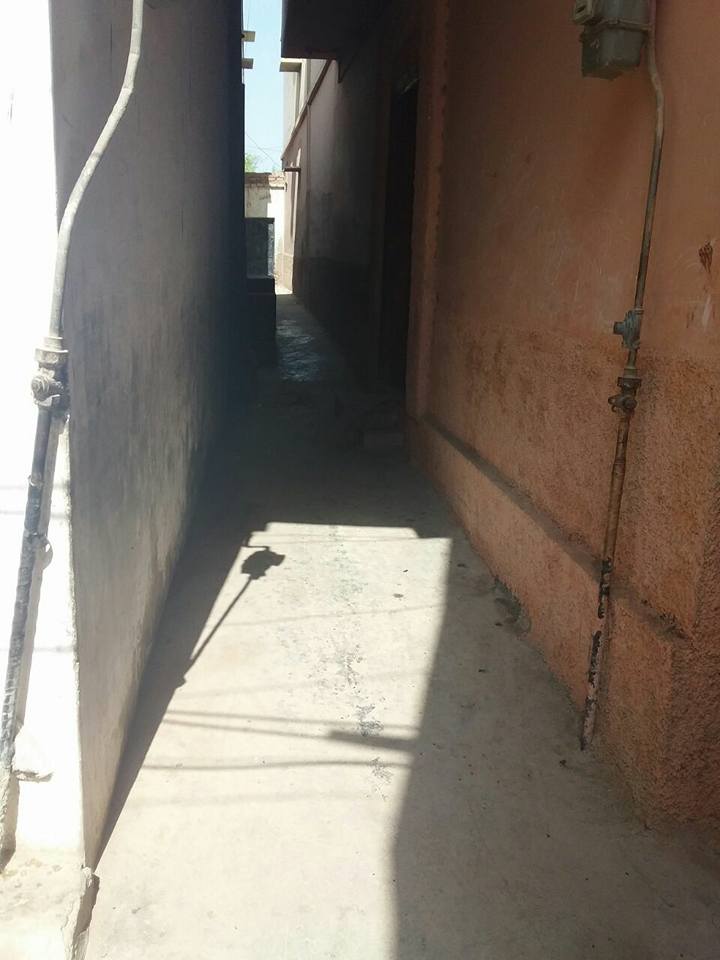
After Diwan Khemchand, his son Diwan Pahlajrai was Sahiti community’s most renowned and respected man. Diwan Pahlajrai was born at Bhiriya (n) and after passing Engineering he joined Govt. Engineering Dept. where he rose from the rank of Sub. Overseer to Sub. Engineer and Honorary Asst. Engineer. This post was the highest rank a person with Diwan Pahlajrai’s qualifications could reach.
Appreciating Diwan Pahlajrai’s accomplishments, the Government bestowed upon him the title of ‘Rai Bahadur’. Diwan Pahlajrai spent most of his years at ‘Shah Bunder’ and helped the unemployed youths to secure jobs. Diwan Pahlajrai had his own property at Karachi but after his retirement he went back to Bhiriya (n). Diwan Pahlajrai was a devoted man and wanted to improve the status of the mankind in Sind and serve the country. His pension papers had not yet been processed when, alas, he expired in April 1916, leaving behind a daughter and four sons. While at Bhiriya (n), he with the aid of modern technology had got water wells dug.
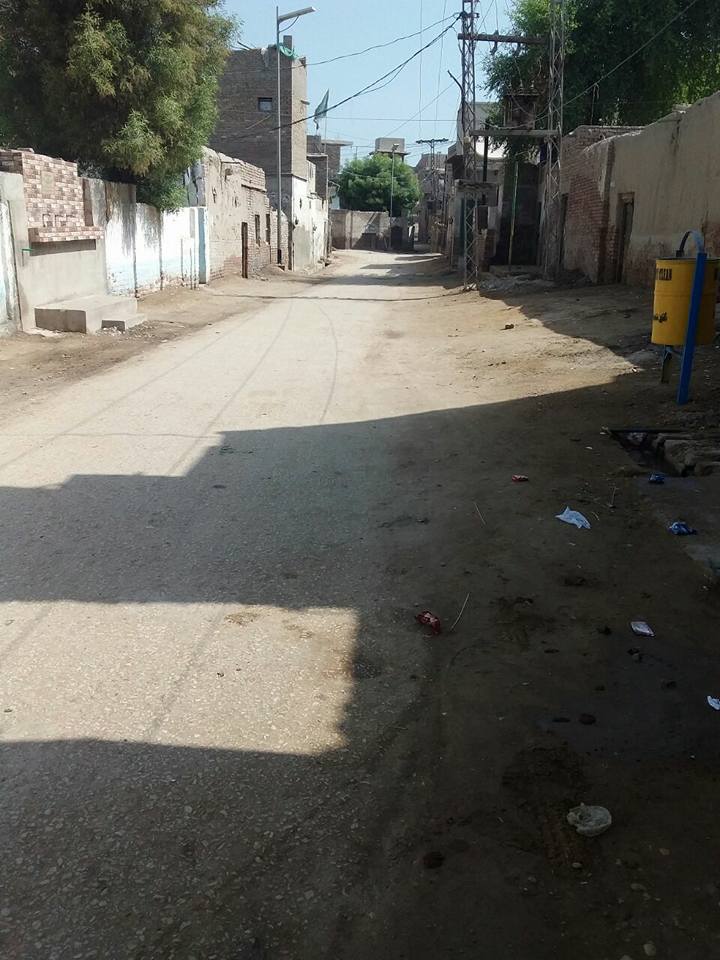
Diwan Pahlajrai’s sons: M/s. Parmanand, Kimatrai, Sadhuram and Gagandas. Diwan Pahlajrai’s brother Diwan Gurmukhdas zamindar aged 63, was living in the year 1946.
Diwan Parmanand, a pious man, first worked as a Govt. servant and later quit to look after his farms. In 1946 he was living at Bhiriya (n) devoting his time to praising the Lord in the company of Sadhus and Sants.
Diwan Kimatrai Pahlajrai was born in 1897. After finishing school he went back to his village Jatti (currently in Sujawal district in southern coastal area) and did zamindari. He was member of the Local and School Boards.
In the year 1931, Diwan Kimatrai moved to Bhiriya (n) to look after his land that he had received in his family separation. In 1946 he was chairman of Sanitation Committee. Diwan Kimatrai was one of the founders of Bhiriya (n) School. His son Mr. Lokumal, in the year 1946, had passed his B. A. and was a novelist.
Diwan Sadhuram Pahlajrai was a Doctor. After doing his M.B.B.S. he had gone to England for higher degree. In 1946, he was Health Officer at Nawabshah.
Diwan Gagandas Pahlajrai, after passing his English fifth grade, first joined Govt. service but later he opted for zamindari. In 1946, he joined Seth Ajoomal Lilaram in his business as a partner.
___________________
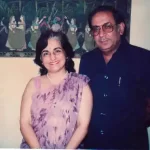
The Source of Sindhi Surname is a translation into English, by Mr. Narain Sobhraj Kimatrai from the original in Sindhi by Mr. Diwan Bherumal Mahirchand Advani. Shrimati Shakun Kimatrai writes that in 1980s, her husband Narain’s friend Hotu – Diwan Hotchand Advani, (Former Superintendent of Customs) showed him two volumes of Sindhi Books titled, “SINDH JAY HINDUN JEE TAREEKH” and “THE ORIGIN OF SINDHI SURNAMES” originally penned by Bherumal Advani. The book interested Narain as it recounted the History of Sindh and Sindhis, and especially as it also contained photographs of our ancestors. Hotu got these volumes photocopied for Narain, courtesy of Mr. Pishu T. Chellaram. After glancing at some of the pages that seemed interesting to Narain, he put the volumes away. Twenty years later, he picked up these volumes again and translated them into English.
Source: Shakun Kimatrai – Sindhi Surnames